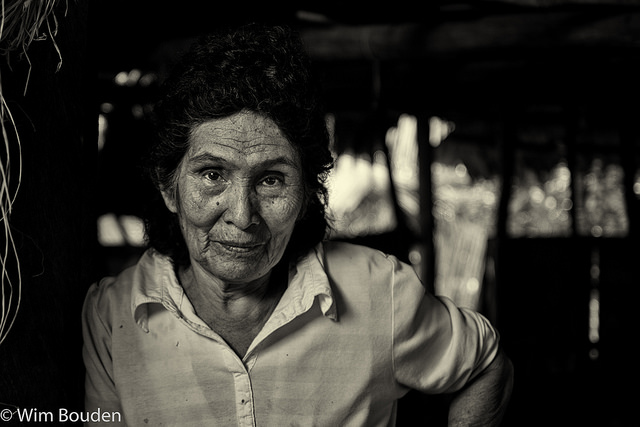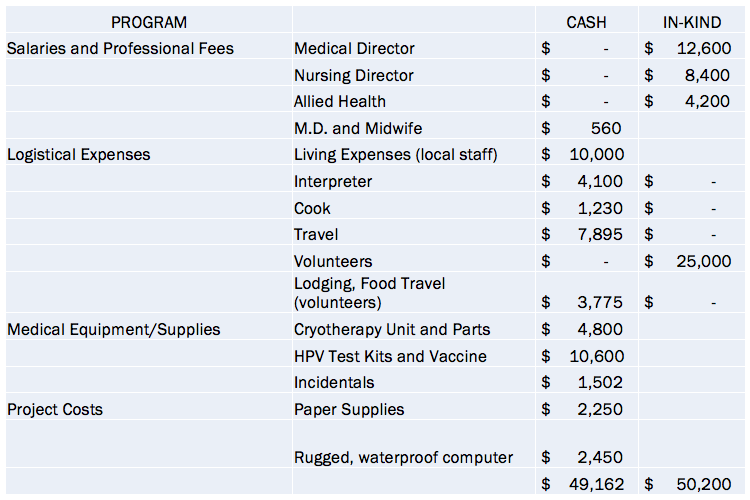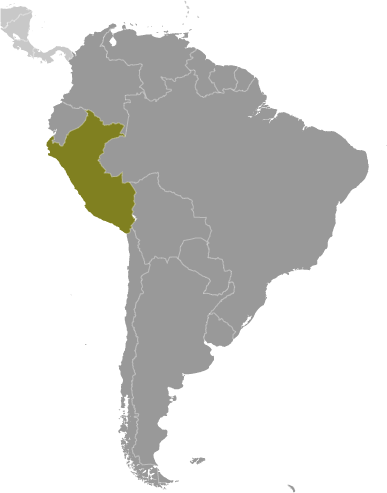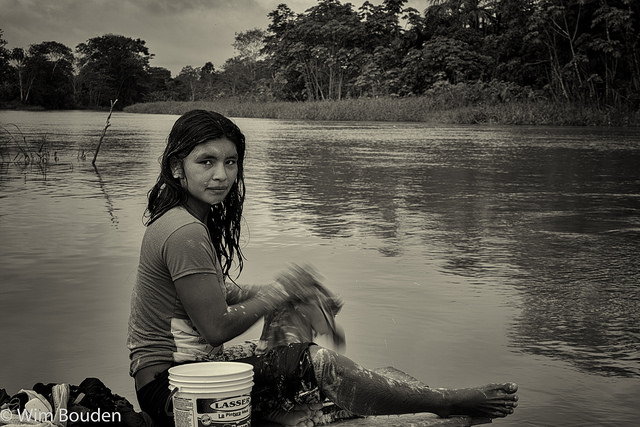
Mission
DB Peru is partnering with local communities to provide access to healthcare knowledge and delivery, and improving living conditions for the people of Peru.
Life Challenges of the Women Served
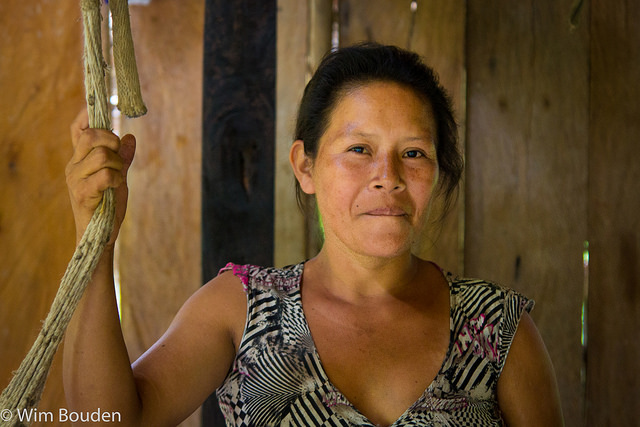 The work of DB Peru is based in the Lower Napo River of the remote Loreto district of the Peruvian Amazon jungle – an area sometimes known as the forgotten place – working with remote indigenous communities who have limited access to health care. Peru has some of the highest incidence and mortality rates of cervical cancer in the world. Without adequate screening or diagnosis, remote Amazonian women are dying from cervical cancer too young, placing enormous burdens on their families, communities and the healthcare system. Healthcare access is one of the major problems for the people who live in the Amazon River basin. Most areas have no public boats. Some villages have no boats with motors, which may mean a clinic is 8 – 16 hours away, with someone paddling a canoe in rivers that are fast and treacherous. Even when a small motorboat is made available, gasoline requires money, and neither is readily available in the jungle.
The work of DB Peru is based in the Lower Napo River of the remote Loreto district of the Peruvian Amazon jungle – an area sometimes known as the forgotten place – working with remote indigenous communities who have limited access to health care. Peru has some of the highest incidence and mortality rates of cervical cancer in the world. Without adequate screening or diagnosis, remote Amazonian women are dying from cervical cancer too young, placing enormous burdens on their families, communities and the healthcare system. Healthcare access is one of the major problems for the people who live in the Amazon River basin. Most areas have no public boats. Some villages have no boats with motors, which may mean a clinic is 8 – 16 hours away, with someone paddling a canoe in rivers that are fast and treacherous. Even when a small motorboat is made available, gasoline requires money, and neither is readily available in the jungle.
The Peruvian National Home and Living Survey indicates that nearly half the population in Loreto lives in conditions of poverty and only 42.5 percent have access to clean running water in their homes, while the remainder use the river water for drinking. The majority of people do not have access to a toilet system in or around their house, leaving many using rivers or creeks as toilet facilities as well as for personal hygiene. Demographic data from a needs assessment undertaken by DB Peru across four villages shows primary school as the highest level of education attained in 83 percent of female interviewees.
The Project
The Amazon Community Based Participation Cervical Cancer Screen-and-Treat (ABCS) program will provide resources to deliver an innovative cervical screen-and-treat program in the remote, low-resource setting of the Lower Napo River of the Peruvian Amazon jungle. ABCS is the first of its kind to provide rapid, local diagnosis and prevention in this region. This project involves education and investment in the training of local service providers as well as collaboration with local health services. It aims to save the lives of women through reducing the incidence of cervical cancer by making cervical cancer screening and treatment both accessible and sustainable. This program will also bridge the gap between cutting-edge technologies in Human papillomavirus (HPV) diagnosis, prevention and treatment and the remote, under-resourced Amazonian communities. The goal of this program is to improve the wellbeing of women and girls, and empower and educate community members about reproductive health.
In the first year, the project will target five villages with 1,224 people, of which 500 are women and girls. Over a five-year period, the project is expected to expand to 25 villages with approximately 5,000 people.
The project will have four main components:
1. Data Collection: Data will be collected to accurately quantify the burden of the disease of cervical cancer in the Napo River. Currently, there is minimal information about the health status of members of the community in the Lower Napo region. No formal data have been collected for this region. Furthermore, there is a growing body of “hearsay” evidence arising from the community of women dying from pelvic or abdominal disease and being castigated for pelvic discharge or bleeding. Given this, there is an imperative to accurately quantify the burden of disease.
DB Peru plans a household survey approach in order to accurately assess the burden of disease of reproductive tract cancers, as well as collect vital information on the health status of women of reproductive age in the Lower Napo River communities, utilizing two internationally validated survey instruments. The surveys will take place in five communities of the 25 villages in the region. DB Peru will be present in the villages both before and after the survey in order to raise awareness and respond to any concerns. Surveys will target women of reproductive age who are permanent residents A response rate of more than 90 percent is anticipated.
2. Education: Local women will be educated regarding the natural history, risk factors and prevention strategies for cervical cancer; and, in collaboration with local community members, a cervical cancer education and prevention program will be designed. In the lead-up to the ‘Screen and Treat’ program, regular community consultation and education will be delivered. DB Peru will consult with community leaders and healthcare workers in the community to identify areas of need and then hold community forums for women and families to provide insight and feedback into the type of educational needs or concerns around women’s health and reproductive cancer. After incorporating the community feedback, the data collected during the health survey will be used to create oral and visual education around topics of need. Community members will be trained to continue to provide education beyond the ABCS project.
3. Testing and Treatment: DB Peru will design and deliver a sustainable cervical cancer screen and treat program that is community-led. The screen-and-treat program for cervical cancer will be an annual event wherein all eligible women will be screened for HPV, triaged accordingly and then treated with cryotherapy if VIA is positive. This is to be delivered to women on the same day without leaving their community, overcoming the barriers of geographic isolation, poverty, transport and loss to follow-up. The first year of the program will target five communities. After identifying eligible women, HPV testing will be performed in the morning and be processed in three hours. Women with positive results will be recalled to a Pap smear and local treatment clinic where 2 – 3 trained doctors and health technicians perform the procedure of VIA (visual inspection with ascetic acid) and cryotherapy of the cervix.
4. Immunization: DB Peru will explore methods of community vaccination for all girls between the ages of 10 and 12 through working collaboratively with the Peruvian Government, Iquitos Hospital and Mazan Community Health Centre. HPV is known to be an essential precursor to the development of cervical cancer. HPV vaccination has been shown to reduce the rates of carcinogenic HPV strains in those who receive a course of three injections over six months. HPV vaccination is now accepted as an integral component of cervical cancer prevention programs in developed countries.
All eligible women ages 18 – 50 in the five selected communities will be recruited during the community education phase, with assistance from local health promoters. Eligible girls ages 10 – 12 years will be recruited during community education on the advice of school teachers and with parental consent. All eligible women and girls who wish to be included will be selected.
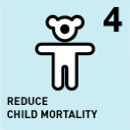
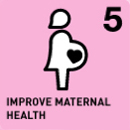
Questions for Discussion
- How do you think the remote location impacts the difficulty of delivering medical care?
- How would DB Peru’s success change the daily lives of families in the Loreto District?
- How do you think cervical cancer screening and treatment will impact future generations along the Napo River?
How the Grant Will be Used
DFW’s funding of $49,162 will support
• Salaries and professional fees – $560
• Travel and lodging expenses for staff, volunteers and interpreters – $27,000
• Medical supplies and computer – $21,602
Why We Love This Project/Organization
We love the holistic focus on screening, treatment and prevention of cervical cancer and education on reproductive health in this very hard to reach population of girls and women.
Evidence of Success
DB Peru has run over 200 outreach health clinics in 25 villages over the last 14 years. Through their programs they have linked the community to approximately 500 expert medical volunteers from around the world. During the last four years DB Peru has screened 260 women in 17 villages for breast and cervical cancer with follow-up and treatment; the first time this service was ever available to them. Midwife classes taught by professional staff from local clinics are offered each year. Using research-based data, DB Peru is able to make improvements in practice and care. For example, the leading cause of morbidity for children in Loreto is anemia, which can be linked back to time of birth. Evidence for early cord clamping at delivery was discussed with local midwives and resulted in widespread change of practice for 100 percent of midwives involved.
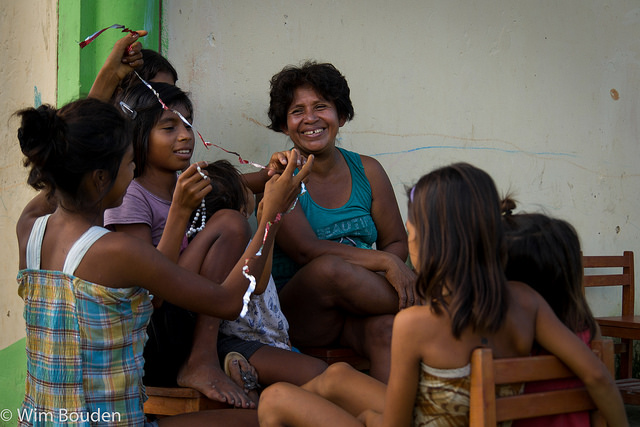 Because of DB Peru’s continuing presence in this area, the follow up with patients of concern or those with chronic diseases has been one of our most important initiatives. Patients who are not improving or need advocates to help negotiate the healthcare system are either transported to a higher level of care or assisted with transportation, medicines or referrals. To improve access to healthcare, radios and solar panels were installed in the villages. Not only were the health workers in villages able to speak with professionals in clinics, the administrator at the hospital in Iquitos told how beneficial it was for patients parted from their families for treatment to communicate with loved ones.
Because of DB Peru’s continuing presence in this area, the follow up with patients of concern or those with chronic diseases has been one of our most important initiatives. Patients who are not improving or need advocates to help negotiate the healthcare system are either transported to a higher level of care or assisted with transportation, medicines or referrals. To improve access to healthcare, radios and solar panels were installed in the villages. Not only were the health workers in villages able to speak with professionals in clinics, the administrator at the hospital in Iquitos told how beneficial it was for patients parted from their families for treatment to communicate with loved ones.
Voices of the Girls
Senora Yolanda, Mangua community, midwife
In communities here, if you need treatment normally you must travel to a hospital. It is much better that we are assisted here in the community…The women, the pregnant ones, no longer trust other midwives. Because I am in each workshop that Mrs. Diana [from DB Peru] does, I continue working with them. And I’m learning more and more.
Senorita Hermina, Acu Cocha community member, 19 years old
(An opinion about the new self-sample HPV testing)
I think [the new HPV test] is better than (the old way), because you can do it yourself in the community.
Senora Isabel, Acu Cocha community member, 65 years old
(In reference to community education session around cervical cancer)
It is important that everyone comes here for this presentation. It is good.
About the Organization
DB Peru was co-founded by Diana Bowie and Renzo Pena in 2003 to provide healthcare, outreach and health education to remote communities of the Lower Napo River in the Loreto district of Peru. DB Peru was founded in response to community requests for assistance to bridge the chasm between health needs and access to health care in this region. DB Peru has run successful health education programs in the areas of perinatal care, midwife classes, community health worker classes, women’s health, breast and cervical cancer screening, infectious diseases and tuberculosis and dental health at a minimum of four times per year since its inception. Their continual presence has been essential because healthcare access is one of the major problems for the people who live in the Amazon River basin. In order to assist the people with better health care access, a simple plan was developed: to bring as much basic care to the villages as possible, and train and empower the people to care for themselves.
At present, DB Peru serves over 5,000 people in 25 villages. All of their work is done by volunteers, coordinated into six to eight focused health outreach trips annually. They work closely with the Ministry of Health and the local municipalities to augment their established programs.
Where They Work
The lower Napo River lies to the northeast of Peru, in the remote Loreto district. The Napo River originates close to Quito in Ecuador and winds southeast where it joins the Amazon River near the city of Iquitos. The Lower Napo River region consists of 25 communities, with approximately 200 people in each. The communities are situated over 12 hours by boat from the city of Iquitos.
Peru’s economy reflects its varied topography of an arid lowland coastal region, the central high sierra of the Andes, the dense forest of the Amazon and tropical lands bordering Colombia and Brazil. While Peru’s coastal waters provide excellent fishing grounds, a wide range of important mineral resources are found in the mountainous and coastal areas.
Peru is the world’s second largest producer of silver and third largest producer of copper. Growth slipped in 2014, due to weaker world prices for these resources. Despite Peru’s strong macroeconomic performance, dependence on minerals and metals exports and imported foodstuffs makes the economy vulnerable to fluctuations in world prices.
Peru’s rapid expansion coupled with cash transfers and other programs have helped to reduce the national poverty rate by 28 percentage points since 2002, but inequality persists and continues to pose a challenge for the Ollanta HUMALA administration, which has championed a policy of social inclusion and a more equitable distribution of income. Poor infrastructure hinders the spread of growth to Peru’s non-coastal areas.
Peru’s urban and coastal communities have benefited much more from recent economic growth than rural, Afro-Peruvian, indigenous and poor populations of the Amazon and mountain regions. The poverty rate has dropped substantially during the last decade but remains high at about 30 percent (more than 55 percent in rural areas). After remaining almost static for about a decade, Peru’s malnutrition rate began falling in 2005, when the government introduced a coordinated strategy focusing on hygiene, sanitation and clean water. School enrollment has improved, but achievement scores reflect ongoing problems with educational quality. Many poor children temporarily or permanently drop out of school to help support their families. About a quarter to a third of Peruvian children ages 6 – 14 work and are often putting in long hours at hazardous mining or construction sites.
Source Materials
DB Peru, The CIA World Factbook.
A Closer Look
According to the World Health Organization, cervical cancer is the fourth most frequent cancer in women, representing 7.5 percent of all female cancer deaths. It is the second most common cancer in women living in developing countries. Of the estimated more than 270,000 deaths from cervical cancer every year, more than 85 percent occur in less developed regions of the world. In developed countries, early screening for precancerous lesions makes for early and easier treatment. Early treatment prevents up to 80 percent of cervical cancers in developed countries. Screening may be conducted through Pap test, VIA or HPV testing. Pap testing requires laboratory facilities and the ability to transport samples from the place of screening to the laboratory. With VIA, dilute acetic acid (vinegar) is applied to the cervix and a clinician looks for abnormal tissue that changes color in contact with the vinegar. The United Nations reports that the low-tech approach offered by VIA has proven effective and has been successfully implemented in a number of regions, including programs in India and Costa Rica.
Cervical cancer is caused by sexually acquired infection with certain types of human papillomavirus (HPV). According to the Centers for Disease Control and Prevention, HPV causes almost all cervical cancers in women and it also responsible for other types of cancer. Most of these HPV infections could be prevented by a series of vaccinations given over a six month period, preferably at the pre-teen age. Screening remains a critical factor in reducing cervical cancer deaths, however, because the vaccine protects against types of HPV that are responsible for approximately 70 percent of cervical cancers.
In developing countries, access to effective screening is often very limited, meaning that cervical cancer may not be identified until later stages, resulting in a higher rate of death from the disease in these countries. According to the WHO, the high mortality rate (52 percent) from cervical cancer globally could be reduced by effective screening and treatment programs.
Sources: World Health Organization, Centers for Disease Control and Prevention, United Nations

